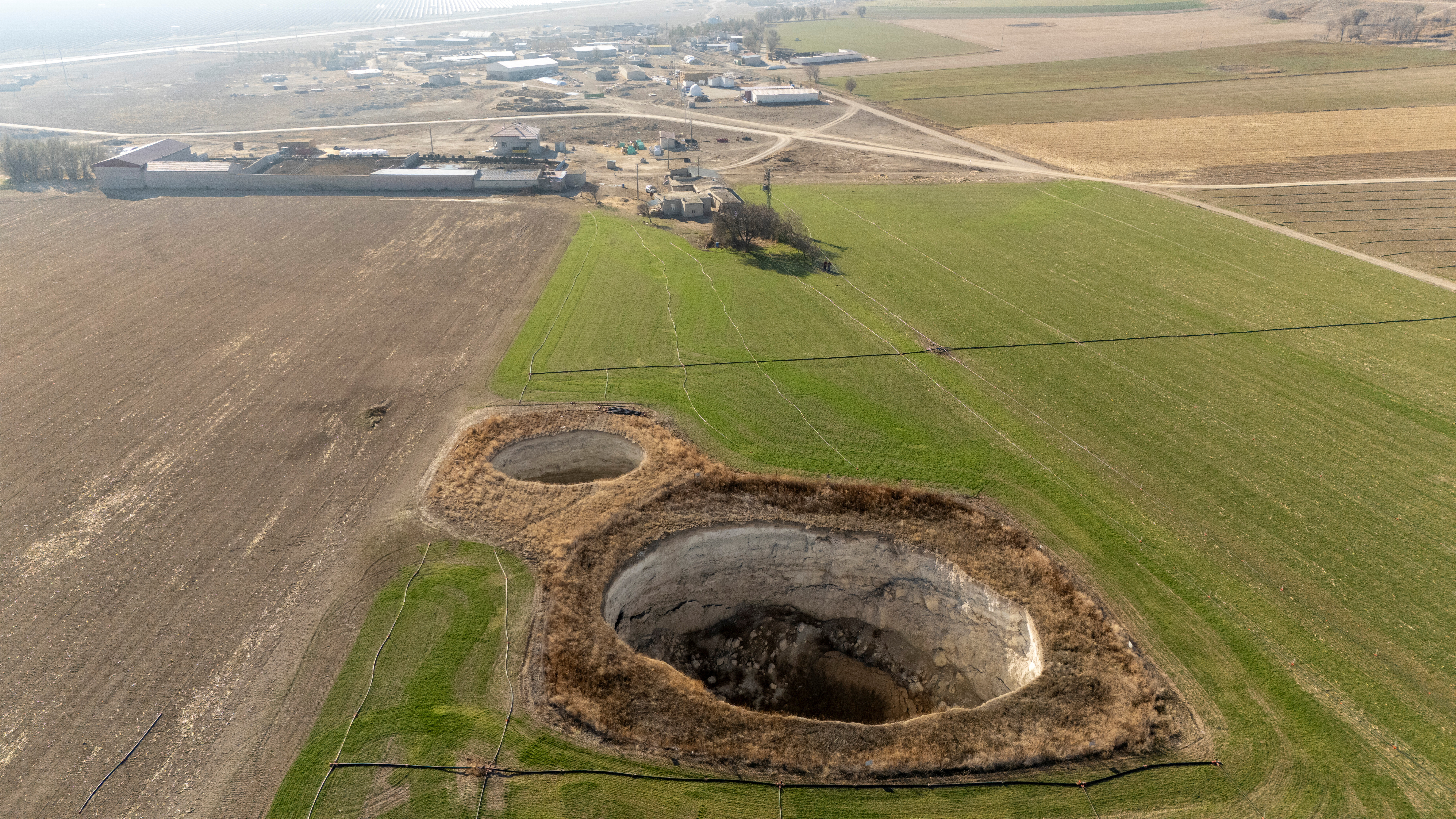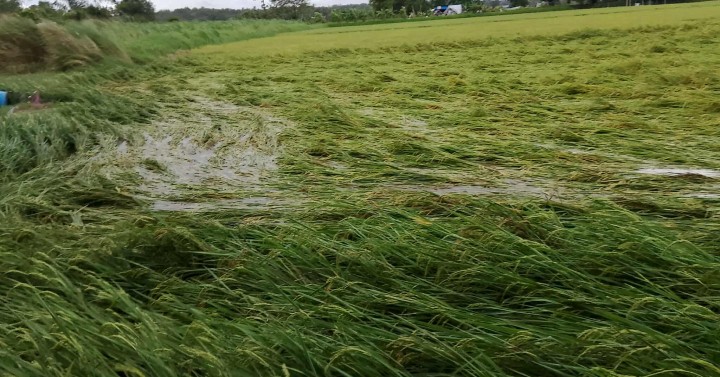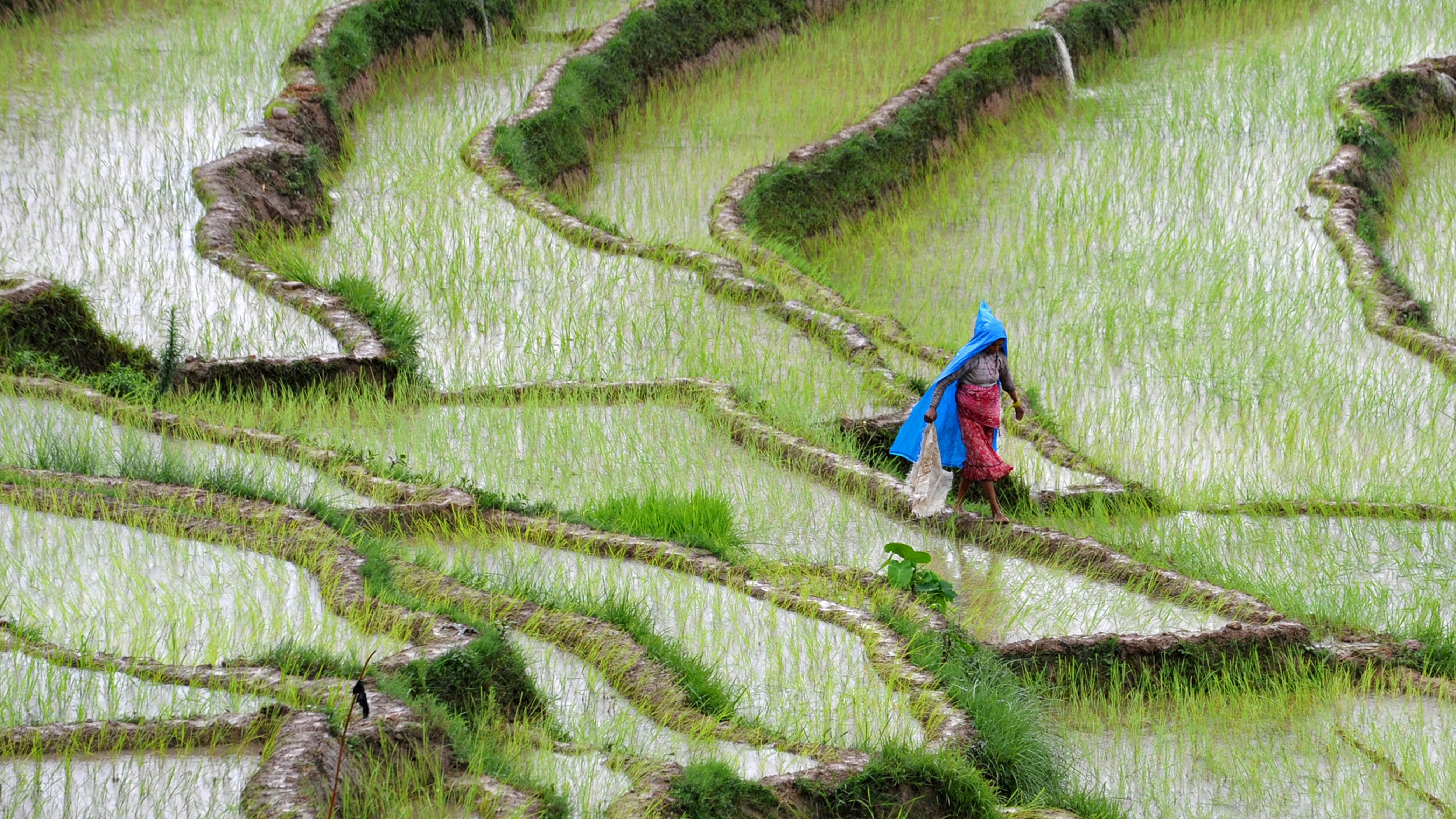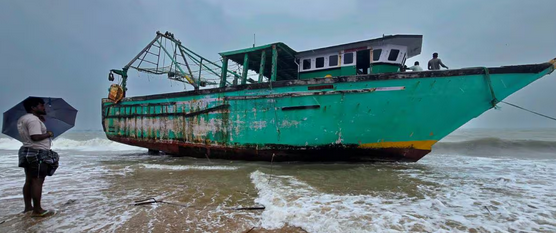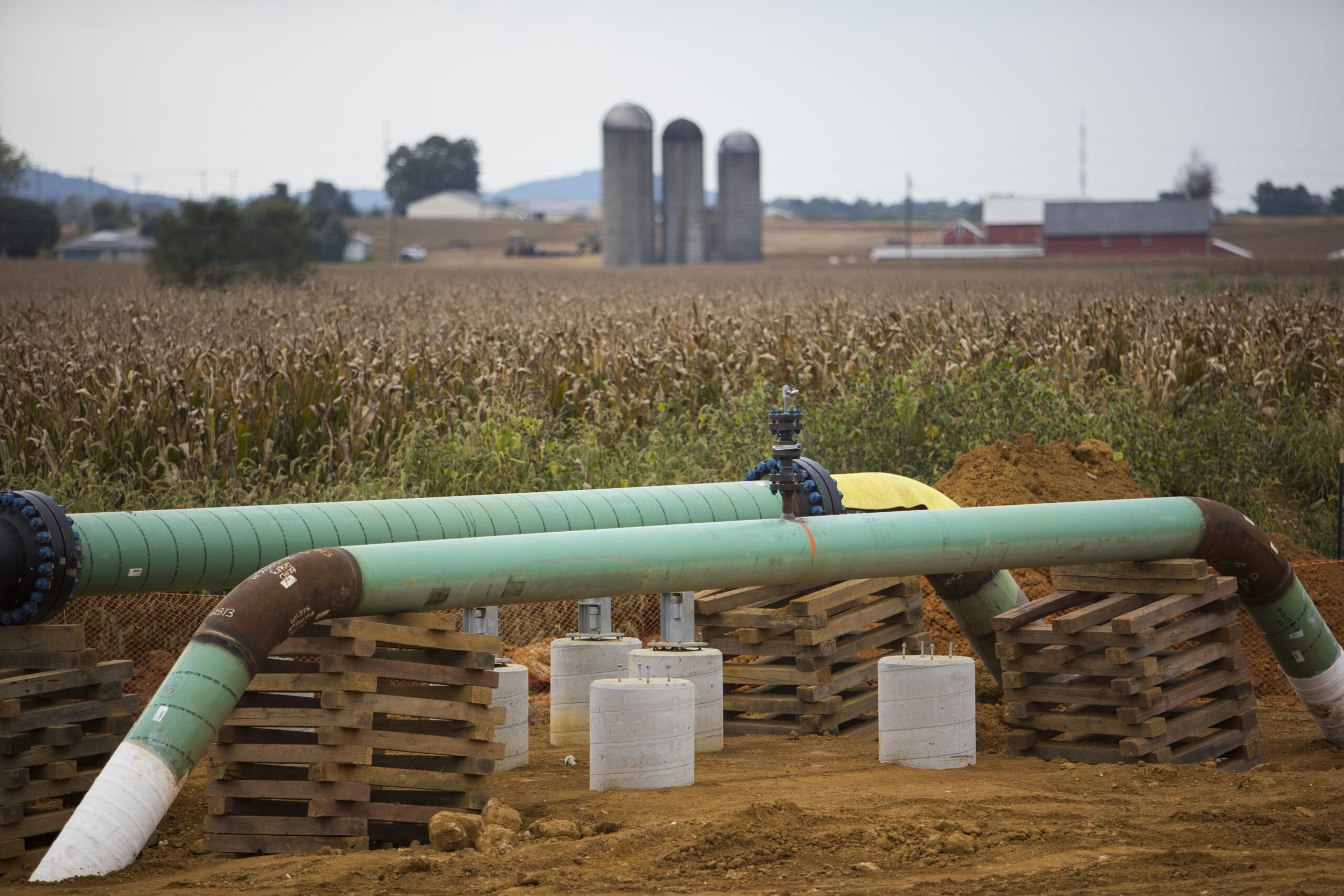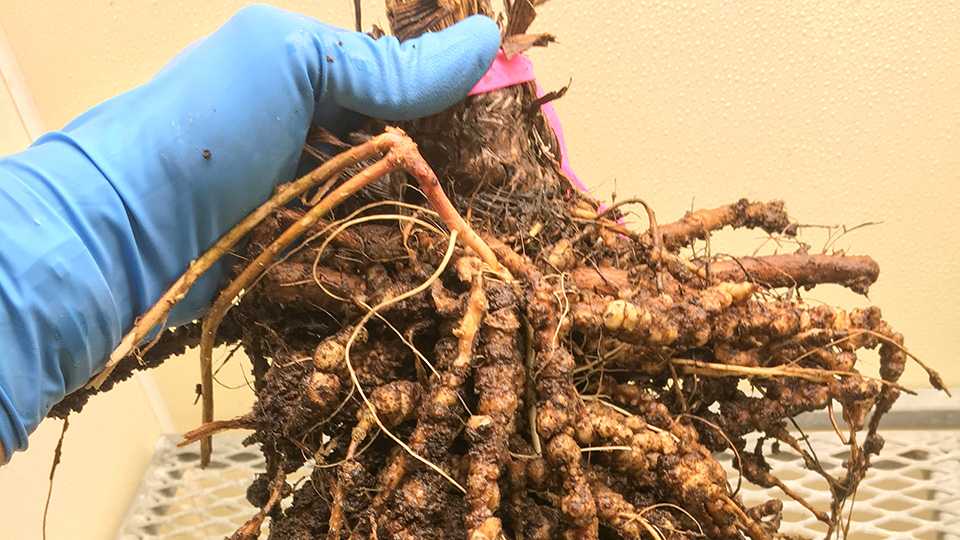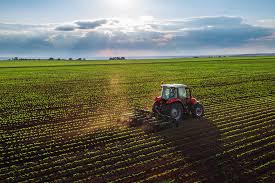Climate chaos has struck Indian farmers again.
This time, it has come as untimely and excessive rainfalls in many parts of central and western India. Earlier this year, the Rabi wheat harvests were short due to heat waves and untimely rain, especially in Punjab and Haryana. These pushed our government to ban wheat exports. But now an unstable monsoon has exacerbated farmers troubles.
Major dryland crops such as soybean, urad (black gram legume), moong (green gram) and bajra (pearl millet) appear to have suffered major losses this year.
Different agro-climatic zones where these crops are grown have all been hit with excessive rainfall, which has resulted in partial – and in many places, total – loss of the Kharif crop. The fertile belt of Kota extending into Madhya Pradesh and parts of Uttar Pradesh have received more than usual rain, which has directly impacted oilseed crops like til (sesame) too.
In the south, excessive rainfall was reported in Kalyana Karnataka and Bombay Karnataka regions, resulting in damage to about 11 lakh hectares of standing crops. These include bajra, chilly, jowar, legumes, oilseeds, and so on.
Overall, India’s paddy sowing deficit is about 4.52%, because of prolonged dry spells and untimely weak rainfall throughout the country. Over 91 districts of Uttar Pradesh, Bihar, Jharkhand and West Bengal, all major paddy areas, have reported drought.
To take stock of the current crisis, we spoke with the director of ICAR-Agricultural Technology Application Research Institute, Sushil Kumar Singh, about the rainfall and crop losses.
“We are getting reports of crops damages to urad, soybean, moong and til in many areas. For example, the black soil region of Kota region received over 400 mm of excessive rainfall this year. The neighbouring Jhalawar is cut off, because of heavy rains. Except for some paddy farmers, all other corps have been affected, and as per reports, 20% of the urad has been lost. As much as 15%-20% of the soybean is also lost because of the rainfall. There are also reports from Jaipur-Ajmer belt where excessive rain and water logging has destroyed the til crop,” Singh explained.
Til and soybean farmers in Madhya Pradesh and drier parts of Uttar Pradesh do indeed report crop losses due to rainfall. In fact, moong farmers across the central heartland have reported seed loss due to the rainfall. Meanwhile, in the Jodhpur belt, moong farmers seem to be affected with a different problem.
“Due to rainfall, the acreage under moong has grown, but we saw extra vegetative growth in these plants, which will result in lesser per plant yield. Rajasthan’s overall production may increase as more acreage is under moong, but the per acre yields will be hit,” Singh warned.
Speaking of dryland crops, we also spoke with Bajra farmers in Rewari-Mahendragarh, who have reported crop losses. They foretell a below average bajra harvest this year. “The late monsoon and excessive heat this year has resulted in 20-25% loss. Ours is a monsoon-dependent bajra belt. Some of the farmers had to mulch their bajra, because it was damaged or didn’t fruit well. Keep in mind that some farmers had sowed bajra three times, and yet had crops failed,” said Sanjeev Yadav from Rewari. Yadav grows bajra on four acres of land.
S.K. Singh, while unalarmed by bajra reports from Haryana, explained the Rajasthan scenario with slight concern. “Bajra grows well in sandy soil belts like Barmer, Jalore, Jodhpur and so on. Due to no August rains in these areas, the crop may be slightly affected. But overall bajra production in Rajasthan will be good. Of course, there are crop losses in areas hit by excessive rains,” he said.
There have also been sporadic reports of post-harvest bajra losses. After harvest, many farmers keep the bajra on the fields, exposed to the open sky. With untimely rain, many of the bajra lots risk being exposed to black fungal rot.
Farmers in the Kota area offer a grim picture. Vansh Singh, a progressive farmer, says there has been little help. “Soybean, maize, urad are heavy affected in Bundi, Kota, and Jhalawar areas. Some farmers I met have reported 50% crop losses. It is quite evident our region is suffering, yet government help is not reaching all,” he said.
Vansh alleged that limited number of people were given compensation, whereas the rest were left to fend for themselves.
“There is a small section of farmers who are receiving benefits, the rest of us, including mid and large farmers have also lost crops, and need government help. Yet even the crop insurance schemes don’t come to our aid. People who are getting help from the crop insurance schemes are also only getting inputs costs at best. Agrarian problems are only going to increase in our region, if help doesn’t come fast,” Vansh said.
In Western Madhya Pradesh, the situation was worse. All the border villages and their crops were affected. Here, one Sumer Singh Garha says, “For two consecutive years our area has been receiving excessive rainfall. Guna, Shivpuri, and neighbouring areas have already reported heavy rainfall and the monsoon is not over yet. Guna especially the western and north western parts are flooded and suffer from crop losses. Currently, 50 panchayat and about 150 villages are reeling,” Singh said.
“The river Parvati is flooded due to upstream check dams having been opened. As a result, some villages have 50-60 feet of water. And 90% of crops including soybean, urad and maize are damaged. In our region the soybean farmers can’t even produce next season’s seed this year,” Sumer explained.
Madhya Pradesh is a Bharatiya Janata Party-ruled state. What of the Pradhan Mantri Fasal Bima Yojana?
“There is no implementation and the state government data is highly questionable. Most farmers here have not got adequate compensation. And for those who have received government aid, it doesn’t account for the land owned and crop lost. The government is handing out Rs 5000 per farmer, irrespective of whether the farmer has one acre of land or 10. The state government is trying to save crop insurance money, perhaps,” Sumer said.
Sumer, along with other farmers, have suffered a bad harvest, and feel helpless with the government not doing its bit.
“Each time we borrow money on Kisan Credit Cards our insurance premiums are immediately deducted and go to the insurance company. But now that there are crop losses, we are not getting the insurance money. The state government is mis-reporting the damages, to lessen its claims. There is also no verification on the grounds. No crop damage surveys are being conducted. And farmers that have received the crop insurance benefits can show that only input costs are reimbursed and not the crop value, as promised under the scheme,” Singh narrated.
Source - https://thewire.in





